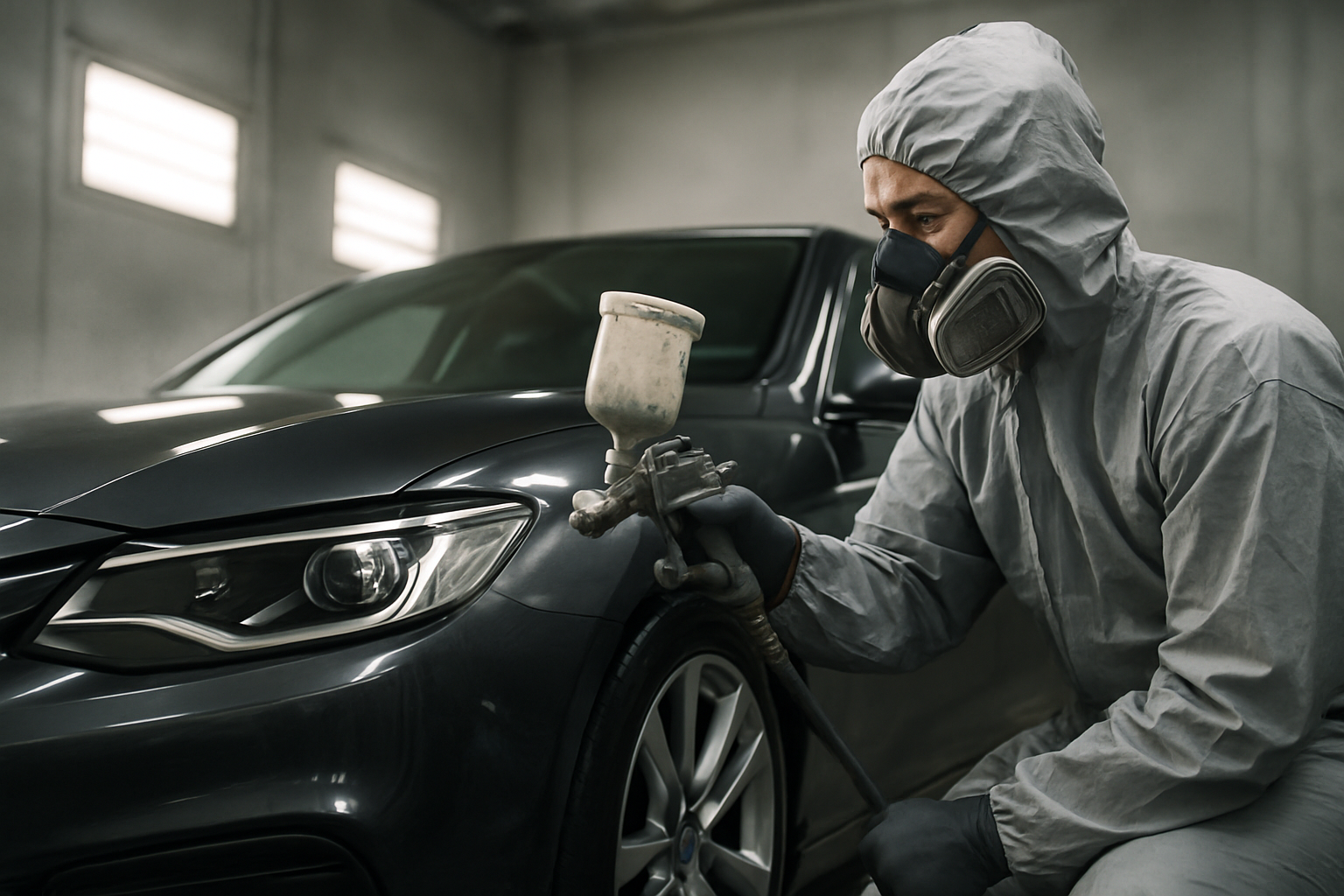Painting Tools: Guide to Spray Equipment and Techniques
Choosing the right painting tools affects efficiency, finish quality, and cleanup time for both DIY and commercial projects. This article explains common spray equipment and techniques, focusing on hvlp spray gun options, paint spraying basics, essential painting tools, spray paint types, and considerations for professional painting. The aim is to clarify how different tools are used and what to think about when selecting equipment in your area.

What is an hvlp spray gun and when to use it?
An hvlp spray gun (High Volume Low Pressure) uses a high volume of air at low pressure to atomize paint into fine droplets for a controlled, even finish. An HVLP setup typically reduces overspray compared with traditional high-pressure systems, making it useful for furniture, cabinets, and automotive work. In the same paragraph you might see the acronym written differently — both hvlp and HVLP are commonly used — but they refer to the same technology. Consider factors such as nozzle size, cup capacity, and whether the gun is gravity-feed or siphon-feed when evaluating models.
How does paint spraying differ from brushing or rolling?
Paint spraying delivers a thin, consistent coat that can save time on large surfaces and achieve smoother finishes than brushing or rolling. However, spray painting requires masking, ventilation, and more attention to spray technique to avoid runs or orange peel texture. For interior rooms, spray painting typically means more preparation (covering floors, taping edges) but less time applying multiple coats. Outdoor projects benefit from speed but are more sensitive to wind and dust.
Which painting tools are essential for a good finish?
Besides a spray gun, essential painting tools include respirators, drop cloths, masking tape, filters, extension poles, and different grits of sandpaper. For spray systems specifically, pressure regulators, air filters, and appropriate nozzles can make a big difference. A quality compressor with sufficient CFM is crucial for many types of spray guns, while HVLP units sometimes include their own turbine systems. Proper cleaning tools—brushes, solvent containers, and pump sprayers—help maintain equipment longevity and consistent results.
What types of spray paint and coatings should you consider?
Spray paint comes in formulations for metal, wood, plastic, and masonry, plus specialty coatings like automotive lacquers and clear coats. For spray gun applications, use paints labeled for spraying or thin to the manufacturer’s recommended viscosity—this often means using lacquers, acrylics, or waterborne coats designed for guns. Spray cans are convenient for small projects, touch-ups, or stencils, while gun-applied coatings offer more control over build, gloss, and color matching for larger work.
How do professionals choose tools and compare products?
Professional painting requires consistent performance, serviceability, and parts availability. Professionals often compare features such as transfer efficiency, atomization quality, durability, and ease of maintenance. Below is a concise comparison of commonly used spray products and providers, noting key features and typical cost ranges.
| Product/Service Name | Provider | Key Features | Cost Estimation |
|---|---|---|---|
| Semi-Pro 2 HVLP Spray System | Fuji Spray | Turbine-driven HVLP, adjustable nozzles, good atomization | Approx. $350–$450 |
| Control Pro 130 HVLP | Wagner | Consumer to pro blend, gravity-feed, lightweight | Approx. $120–$200 |
| TrueCoat 360 Handheld Sprayer | Graco | Handheld airless-style sprayer, easy for trim/doors | Approx. $250–$400 |
| HV5500 HVLP Spray Station | Earlex | Compact turbine HVLP, multiple nozzle sizes | Approx. $200–$300 |
Prices, rates, or cost estimates mentioned in this article are based on the latest available information but may change over time. Independent research is advised before making financial decisions.
Conclusion
Selecting painting tools involves balancing finish quality, project scale, budget, and cleanup effort. HVLP/hvlp systems are often chosen for fine finishes and reduced overspray, while other sprayers or spray cans have roles in speed or portability. Pair the right equipment with appropriate supplies and ventilation practices to improve outcomes for both home and professional painting projects.






